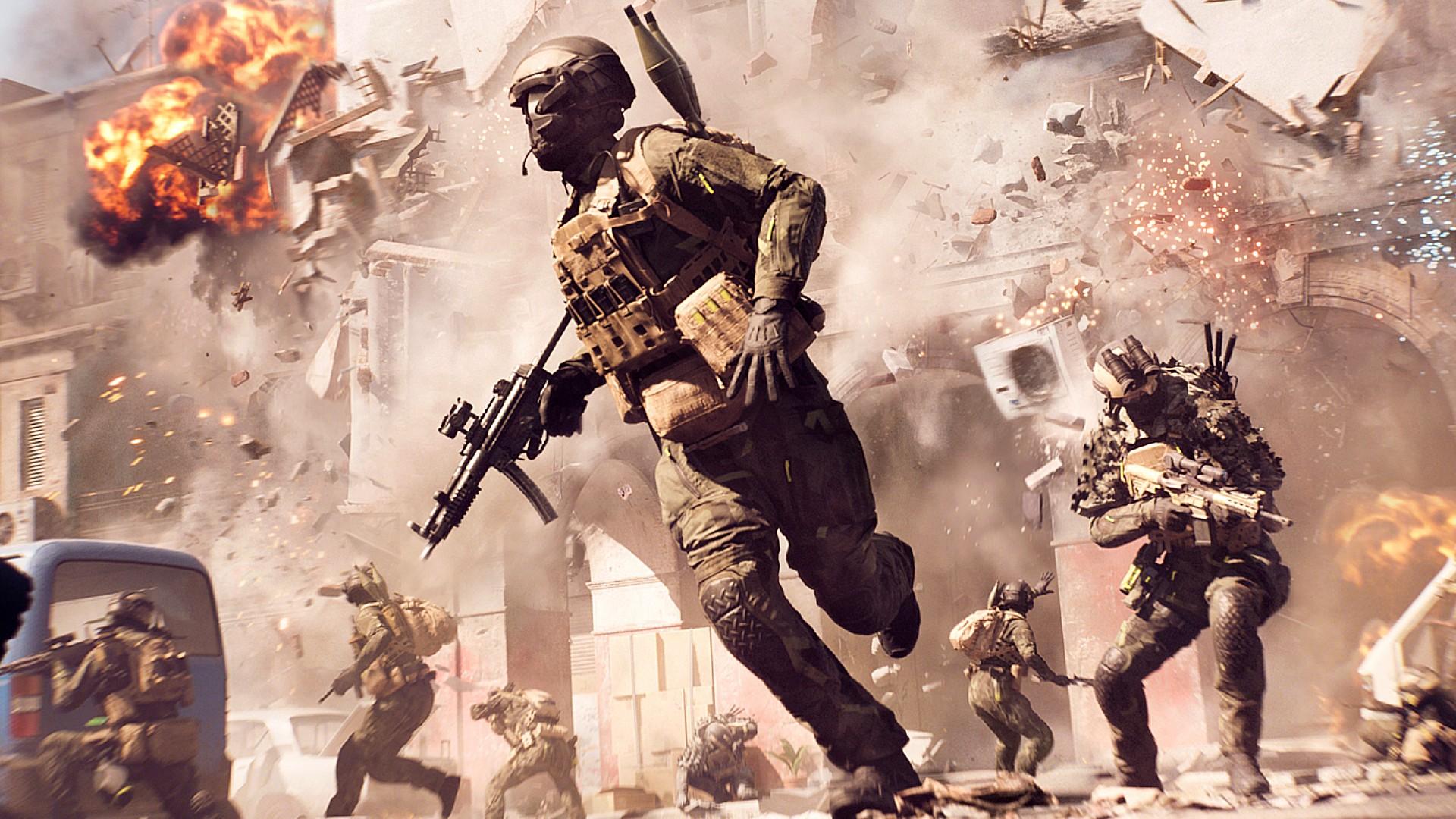-
Новости
- ИССЛЕДОВАТЬ
-
Страницы
-
Статьи пользователей
-
Форумы
I tested Battlefield 6 with Nvidia DLSS 4, and it's a mixed bag

I tested Battlefield 6 with Nvidia DLSS 4, and it's a mixed bag
We've taken Nvidia DLSS 4 for a test run in the Battlefield 6 campaign, as well as some multiplayer matches, to see if Super Resolution and multi-frame generation can have a meaningful impact on performance. Using an RTX 5070 and testing at 2,560 x 1,440, our findings are split depending on the demands placed on the GPU.
The system we're using for this test clears the Battlefield 6 system requirements for playing at 1440p at 60fps on the high graphics preset. We're using an Nvidia GeForce RTX 5070 with an Intel Core i7 11700F CPU and 32GB of 3,200MHz DDR4 RAM in dual-channel configuration.
For our multiplayer testing in Battlefield 6, we ran matchmaking for the Conquest game mode and recorded the data from an entire match. We tested the game on the high graphics preset without any DLSS upscaling or frame generation, then with just DLSS upscaling set to quality, and then finally with DLSS quality and multi-frame gen set to 4x. Each test was also conducted three times to ensure there was consistency in the results and anomalies could be identified more easily. Here are the results of this testing:
| Average frame rate | 1% low | System latency | |
| Native | 77fps | 49fps | 31ms |
| DLSS Quality | 95fps | 52fps | 27ms |
| DLSS Quality + Multi Frame Gen 4x | 330fps | 137fps | 40ms |
Despite there being a jump in the system latency when multi-frame gen is engaged, there was no point in any of these matches where I could feel this difference in action, and the motion was really smooth. Given the massive leap in average frame rate and 1% lows, it's well worth deploying both DLSS super resolution and multi-frame generation in Battlefield 6's multiplayer game, if it is available to you.
As for the campaign, I found a very demanding and repeatable test section in the very first mission of the game, during a long vehicle combat section, which features a plethora of action, including helicopter crashes, explosions, and environmental destruction. Unlike your avergae multiplayer match, this area of the campaign presents a worst-case scenario for GPU demands.
As you can see in the table below, while setting DLSS to Quality does marginally improve the overall performance, introducing multi-frame gen simply introduces too much system latency, with the figure averaging 84ms.
| Average Frame Rate | 1% Lows | System Latency | |
| Native | 88fps | 45fps | 32ms |
| DLSS Quality | 92fps | 48fps | 28ms |
| DLSS Quality + Multi Frame Gen 4x | 143fps | 134fps | 84ms |
This can be felt in the gameplay, and it was most noticeable in a slight delay between left-clicking my mouse and the gun firing in-game. This latency is more than double the amount introduced in the multiplayer matches, and it shows the limits of this technology. Interestingly, dropping the graphics preset to Medium also had a negligible impact on performance in this section of the game.
Whether or not performance in demanding areas of the campaign can be improved in a future update remains to be seen, but for now, when the campaign is at its most demanding graphically, Nvidia's multi-frame gen tech is only going to make performance worse thanks to the latency it currently introduces.
If you're keen to try out Nvidia DLSS 4 but aren't sure which graphics cards to upgrade to, you can read our RTX 5090 review and our RTX 5080 review to see what we thought of each of these new GPUs. You can also check out our full guide to buying the best graphics card, where we take you through all our favorite GPUs right now.
Will you be diving into the Battlefield 6 campaign, or is your time going to be dedicated entirely to the multiplayer? Let us know over on our community Discord server.


